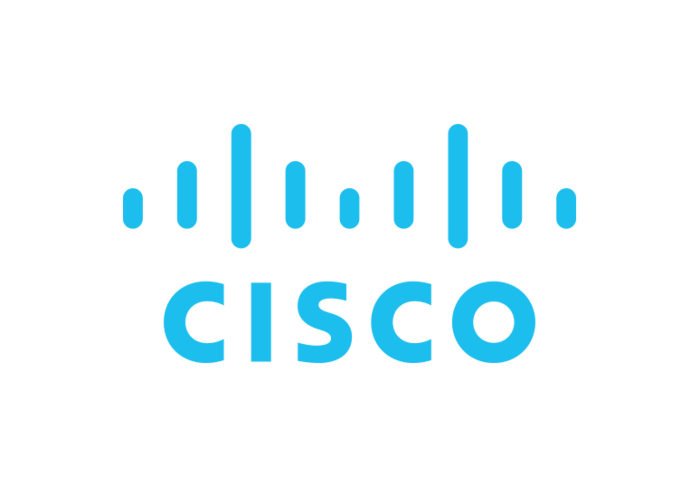Today, modern cities have a lot on their plates to manage, such as economic constraints, rapid urbanization, and environmental sustainability. They also need to address evolving constituent expectations for public safety, health and wellness, and equity. Finally, they must keep up with rising demands and ensure they are delivering on their most important mission: improving government services delivery and infrastructure.
This is where the concept of smart, connected cities, and digital infrastructure comes in. A smart city leverages digital technology to connect, protect, and enhance the lives of residents. The Internet of Things (or IoT), acts as a nervous system — with sensors, video cameras, social media, and other inputs — providing the city operator and community with constant data and feedback so they can make better decisions.
So how can your city or community embark on its own smart journey to fulfill its digital potential and make the lives of its residents better? We’ll take a look at some steps you can take in this course.







